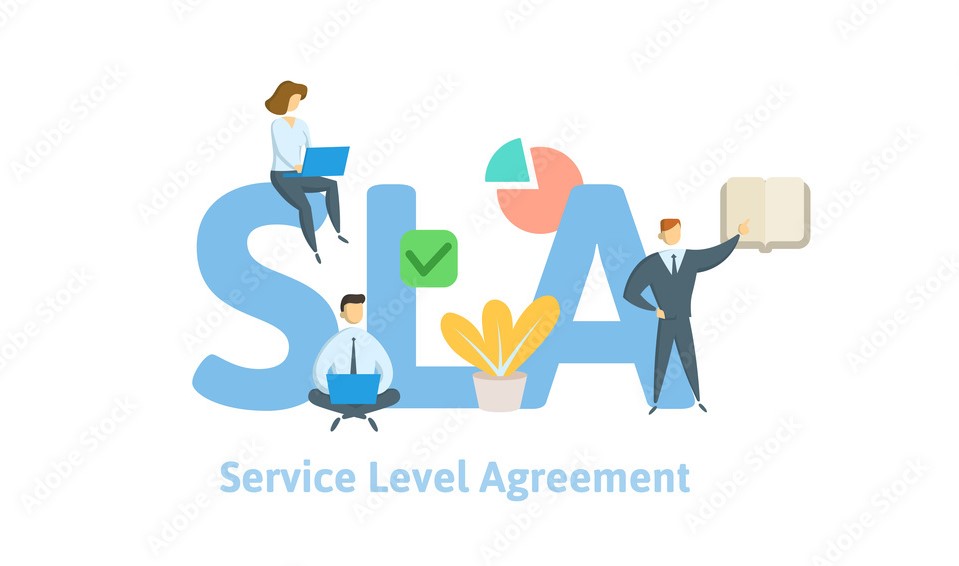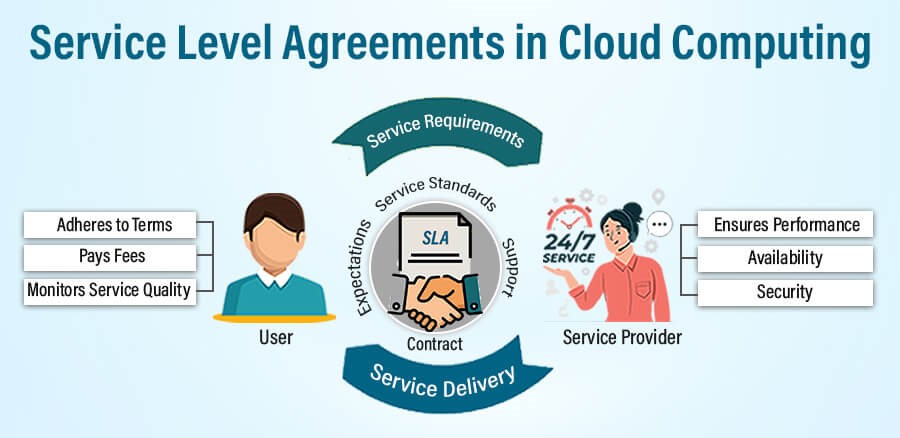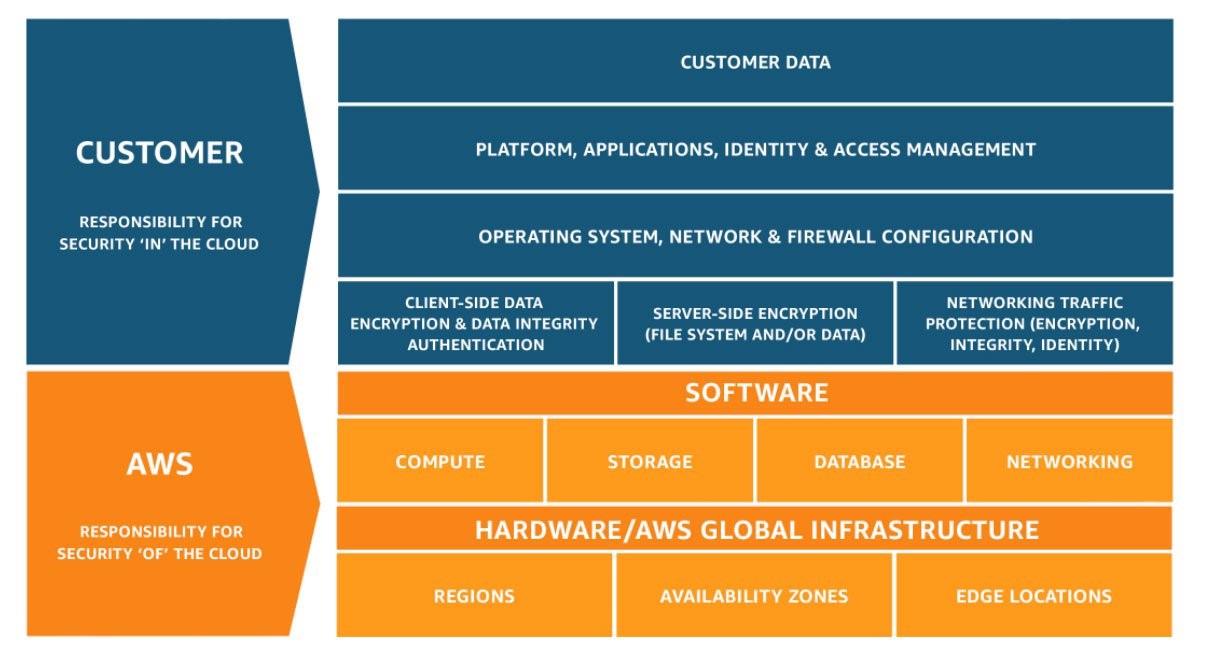Cloud Performance and Reliability: Understanding the Impact of SLAs
 Logeshwaran N
Logeshwaran N
Service Level Agreements (SLAs) are fundamental to the relationship between cloud service providers and their tenants. These formal contracts outline the expectations regarding service performance, availability, and reliability, defining the standards that cloud providers must meet to ensure tenant satisfaction. As businesses increasingly rely on cloud services for mission-critical operations, SLAs have become a crucial mechanism for ensuring accountability and fostering trust. This article critically evaluates the role of SLAs in maintaining cloud performance and reliability, with a focus on key SLA metrics and their impact on both providers and tenants.
The Importance of SLAs in Cloud Services

SLAs provide a clear, mutually agreed-upon framework that defines the performance standards a cloud provider is expected to meet. In cloud environments, performance and reliability are critical, as downtime or poor service can result in significant financial losses, damage to reputation, and disruption of business operations. SLAs serve as a safeguard for tenants, offering guarantees related to service availability, performance, and issue resolution.
For providers, SLAs are equally important, as they set realistic service expectations and help manage client relationships. By formalizing their commitments, providers can enhance transparency, mitigate disputes, and offer compensations or remedies in case of service disruptions. Without SLAs, it would be challenging to hold providers accountable or establish clear boundaries for service quality.
Key SLA Metrics and Their Implications
SLAs typically encompass a range of performance metrics, which vary depending on the type of service being offered. These metrics help quantify the level of service that a provider must maintain and establish the consequences of failing to meet those standards. Some of the most common SLA metrics include:
1. Uptime and Availability
One of the most critical SLA metrics is uptime, which refers to the percentage of time a cloud service is available and operational. For example, an SLA might guarantee 99.9% uptime, meaning that the service can only experience about 43 minutes of downtime per month. Uptime is often expressed using terms like "three nines" (99.9%) or "five nines" (99.999%).
Implications: A higher uptime percentage indicates greater reliability, which is essential for businesses with 24/7 operations. If the provider fails to meet the agreed uptime, they may be required to compensate tenants in the form of service credits or financial penalties. For tenants, this ensures they can rely on the cloud service to avoid disruptions that could impact their operations.
2. Response Time and Latency
SLAs often include guarantees on response time or latency, which measures the delay between a request being made and the system responding. This metric is crucial for applications that require real-time processing, such as online gaming platforms or financial trading systems.
Implications: Slow response times can significantly impact user experience, making services feel sluggish or unresponsive. Providers may agree to respond to user queries or transactions within a specific timeframe to ensure satisfactory performance. Tenants, particularly those with high-performance needs, depend on low latency for their critical applications.
3. Data Durability and Redundancy
For cloud storage services, SLAs may include guarantees around data durability—the likelihood that stored data will not be lost or corrupted. This is typically achieved through data redundancy, where data is replicated across multiple geographic locations or storage systems.
Implications: Loss of data can be catastrophic for businesses, leading to irreparable damage. SLAs that guarantee high levels of durability give tenants confidence that their data is safe and recoverable even in the event of hardware failures or disasters.
4. Support and Incident Resolution Times
Cloud service providers also include metrics around support and issue resolution. For instance, an SLA might state that critical issues must be addressed within one hour of being reported. This metric is vital for ensuring that disruptions are quickly identified and resolved.
Implications: Providers are incentivized to resolve issues promptly to avoid financial penalties or compensation. Tenants benefit from quick issue resolution, minimizing downtime and ensuring smooth operation.
The Shared Responsibility Model and SLAs

It’s important to note that while SLAs hold cloud providers accountable for certain aspects of service delivery, tenants also have responsibilities under the shared responsibility model. For example, while a provider may ensure the infrastructure’s availability, tenants are often responsible for the security and configuration of their applications within the cloud environment. SLAs typically outline the boundaries of this shared responsibility, clarifying which party is accountable for different aspects of cloud service management.
Conclusion
Service Level Agreements are a cornerstone of cloud service contracts, providing a clear framework for ensuring performance and reliability. By outlining critical metrics such as uptime, response time, and data durability, SLAs protect both providers and tenants, fostering accountability and trust. For tenants, SLAs offer peace of mind, knowing that their cloud provider is bound to meet agreed-upon standards or face consequences. Meanwhile, providers benefit from establishing clear service expectations, minimizing disputes, and enhancing customer satisfaction. As cloud services continue to evolve, SLAs will remain integral to maintaining the balance between high service standards and accountability.
Subscribe to my newsletter
Read articles from Logeshwaran N directly inside your inbox. Subscribe to the newsletter, and don't miss out.
Written by

Logeshwaran N
Logeshwaran N
I’m a dedicated Cloud and Backend Developer with a strong passion for building scalable solutions in the cloud. With expertise in AWS, Docker, Terraform, and backend technologies, I focus on designing, deploying, and maintaining robust cloud infrastructure. I also enjoy developing backend systems, optimizing APIs, and ensuring high performance in distributed environments. I’m continuously expanding my knowledge in backend development and cloud security. Follow me for in-depth articles, hands-on tutorials, and tips on cloud architecture, backend development, and DevOps best practices.